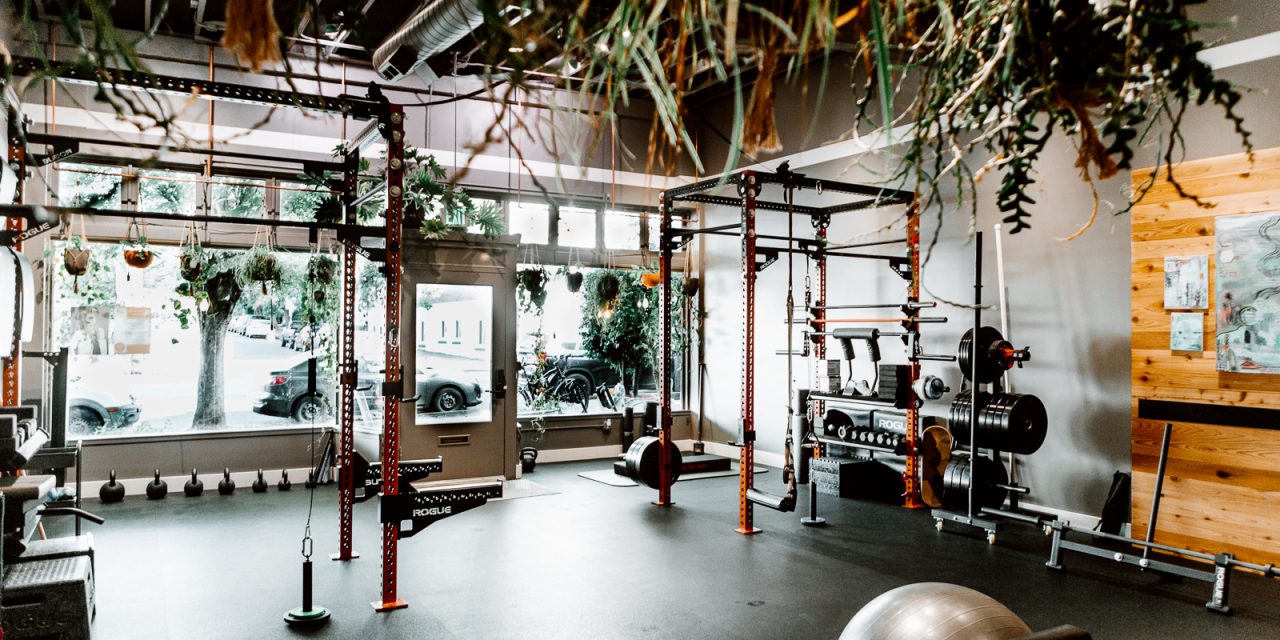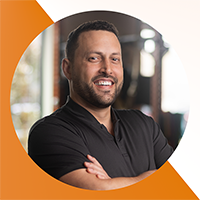The inspiration for this writing comes from the pounding headache I have had for the past 3 days and off and on for the 2 weeks prior. Despite the unending pain, I feel rather excited about it. The headache is strongly associated with one of my current exercise days, which focuses on rehabilitating my left knee by trying to make my stubborn quads actually do some work. You see, I have actually trained myself into a problem. My glutes, hamstrings, and adductors have outpaced my quadriceps. They have done this because I deadlifted too often and have neglected the front of my thighs entirely. I have created my own imbalance and it caught up with me. I finally have some soreness to my quadriceps today and I think that it is no coincidence that I have such an intense headache. I have seen in myself and our patients that objective progress towards a healthier system does not always mean there will not be pain. In my experience, there can actually be a fairly high amount of pain when real and positive change is happening.
Obviously, all pain is not equal and we should think practically about pain before just giving all pain a green light. At my deepest level, I am really not worried about the headaches. There is a clear mechanism that can explain what is happening, it has happened consistently with certain input, and there is no sense of apprehension or loss of function. Despite my pain, I can really do anything I want. I can do nearly any motion I want and while I do feel my headache and the related neck pain, it doesn’t really get worse as I continue to move. In fact, movement will make me feel better. I also often forget about the headache at times. I can still focus on a task, like working with a new patient, and the pain drifts to the background, never gone, but just not occupying space. In the most basic way, even though I am in pain I still feel pretty good.
This has also happened many times before. In 2018 I had significant and constant back pain for weeks on end. Given my profession, I immediately began to diagnose myself with the worst case scenario.
“I finally did it, I got a disc herniation!”
“I definitely have an annular tear”
“Is there something malignant?”
Despite my worry and legitimate concern, I could move around fairly well and I could continue to exercise. Concurrent to these events I had committed to a consistent training program including gymnastics preparation. Much of this training involved rounding the lower back during movements on the ground (the technical term is creating posterior pelvic tilt). I felt this was an excellent balance to all the extension bias patterns I have in my training from deadlifts, squats, and various leg dominant movements. All of these movements have an inherent arching load to the low back with a slight anterior pelvic tilt bias. During my gymnastics training one day I finally realized what was going on. As I created posterior pelvic tilt I felt my familiar pain followed by some relief. My pain was my lumbar paraspinals (my low back muscles) finally changing and not being so stiff and tight (hypertonic). I was undoing years of overtraining and imbalance and forcing muscles that had been holding to finally let go and change.
We have all had this feeling. We have all held something too long or carried something awkwardly too far only to have agonizing pain after we stop doing the work. I often think about carrying heavy luggage too far in the airport. My hands will ache and burn but the real pain comes when I finally put the bags down. My hands throb and they are stuck in a claw shape. The act of relaxing my hands back into their resting state is painful. I believe this happens frequently during care. What would it feel like if we actually finally relaxed a muscle that has been tight for decades? I can’t imagine any scenario in which that would be comfortable. The metabolic and physiological effects of that true change would be astounding.
Patients report a large variety of changes when they start care. For those symptoms that are new and unusual, we “put them on the shelf.” We keep an eye on them and check in on them every so often but we stick with the plan and move forward. If it is still on there in a few weeks, then we act, but this is a rare occasion. Nearly always these pains and aches drift away and patients barely remember them when we ask about them a few weeks later.
Our greatest proof that pain is not always bad (and pain science has shown pain is actually more the opinion of the brain rather than a truth of physical damage) is from the effects of Body Tempering. It does not feel good by any means and is usually shocking to people when they try it for the first time. But despite the intensity, patients almost never reject doing it again and oftentimes actually request tempering a certain area of the body, often followed by an immediate confession to how unpleasant their request will be. We started Tempering in the clinic because we immediately knew that it felt really bad but also would have huge payouts to people. This creates a critical experience for patients to have an entirely different conversation with pain and understand that it is not black and white, but infinite shades between.




